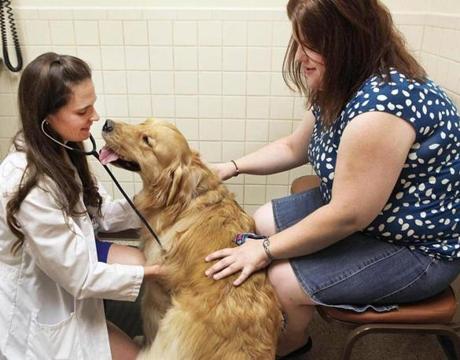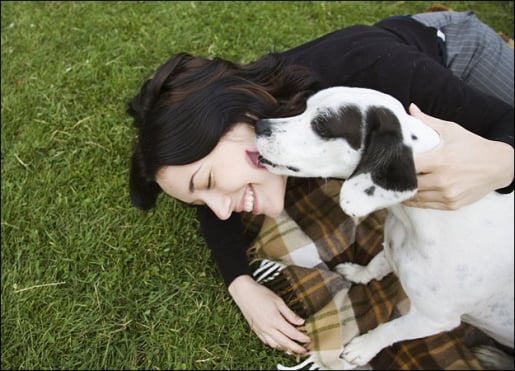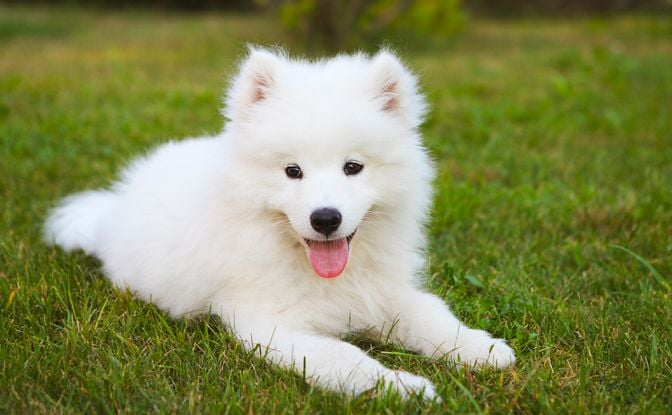Helpful Tips on Overcoming Obesity in Dogs
As bad as obesity is in us human beings (it’s recently been classified as a disease) we really have to watch out for it in our dogs. In many cases it’s something we can control by simply modifying our behavior and watching what our dogs eat. In other cases you dog may have some genetic responsibility for his or her odds of getting obese. Either way it’s something we really need to look out for. Today we’ve got some great tips on overcoming obesity in dogs…..
1. How obesity occurs – Obesity develops when energy intake exceeds energy requirements. The excess energy is then stored as fat. Once a pet is obese, he may remain obese even after excessive caloric intake stops. The majority of cases of obesity are related to simple overfeeding coupled with lack of exercise. via
2. Sometimes breed matters – there are some types of dog breeds that are more prone to obesity than others. Unfortunately dogs are more prone than cats are. Labradors, pugs and older dogs specifically can be more prone to getting obese.
3. Home testing your Dog for Obesity – As a subjective assessment of body condition, you should be able to feel the backbone and palpate the ribs in an animal of healthy weight. If you cannot feel your pet’s ribs without pressing, there is too much fat. via
4. Also, you should see a noticeable “waist” between the back of the rib cage and the hips when looking at your pet from above. Viewed from the side, there should be a “tuck” in the tummy—the abdomen should go up from the bottom of the rib cage to inside the thighs. Dogs who fail these simple tests may be overweight. . via
5. Work with your veterinarian to determine your pet’s caloric requirements, select a suitable food and calculate how much to feed.
6. Exercise – Just like with humans, the addition of exercise to your dog’s regimen can go a long way in fighting obesity. Exercise can contribute to the burning of calories, and even reduce appetite.
8. Owner’s Should Take Responsibility – as much as obesity in a dog requires work on the cat’s part, we as owners should be modifying our own behaviors. Perhaps giving our dogs less treats is a route to take. Or perhaps we should be giving our dogs more ample opportunity to exercise.
9. Be committed – try removing your dog form the room when the family eats. Give your dog smaller and more frequent meals to increase metabolism. Reduce snacks. Increase chances to exercise and be mobile.














